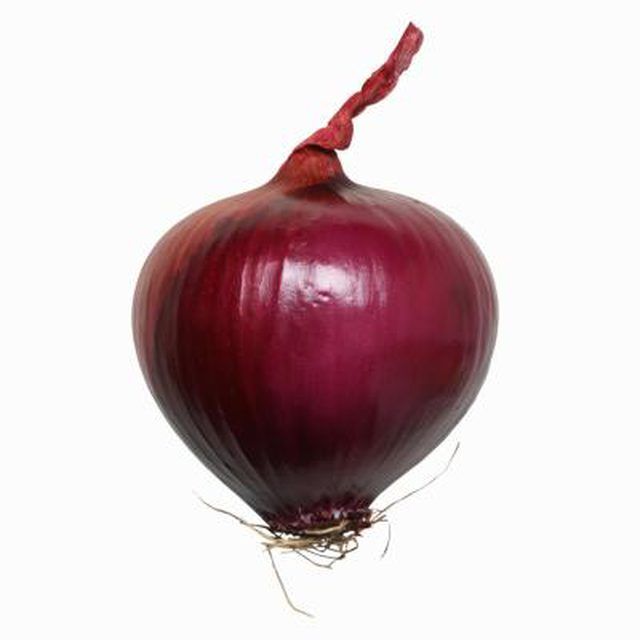Bulbs
Flower Basics
Flower Beds & Specialty Gardens
Flower Garden
Garden Furniture
Garden Gnomes
Garden Seeds
Garden Sheds
Garden Statues
Garden Tools & Supplies
Gardening Basics
Green & Organic
Groundcovers & Vines
Growing Annuals
Growing Basil
Growing Beans
Growing Berries
Growing Blueberries
Growing Cactus
Growing Corn
Growing Cotton
Growing Edibles
Growing Flowers
Growing Garlic
Growing Grapes
Growing Grass
Growing Herbs
Growing Jasmine
Growing Mint
Growing Mushrooms
Orchids
Growing Peanuts
Growing Perennials
Growing Plants
Growing Rosemary
Growing Roses
Growing Strawberries
Growing Sunflowers
Growing Thyme
Growing Tomatoes
Growing Tulips
Growing Vegetables
Herb Basics
Herb Garden
Indoor Growing
Landscaping Basics
Landscaping Patios
Landscaping Plants
Landscaping Shrubs
Landscaping Trees
Landscaping Walks & Pathways
Lawn Basics
Lawn Maintenance
Lawn Mowers
Lawn Ornaments
Lawn Planting
Lawn Tools
Outdoor Growing
Overall Landscape Planning
Pests, Weeds & Problems
Plant Basics
Rock Garden
Rose Garden
Shrubs
Soil
Specialty Gardens
Trees
Vegetable Garden
Yard Maintenance
How to Grow New Onions From Scrap
How to Grow New Onions From Scrap. Onions, under proper conditions, are practically self-replicating. A cutting or portion of an onion or green onion can be used to grow more of the same, although the methods and portions used to regrow each vary slightly. Start your onion-regrowing project with an organic variety for healthiest results; this way...

Onions, under proper conditions, are practically self-replicating. A cutting or portion of an onion or green onion can be used to grow more of the same, although the methods and portions used to regrow each vary slightly. Start your onion-regrowing project with an organic variety for healthiest results; this way you'll know no chemicals linger in the fresh onions you grow from scraps. Growing green onions from cuttings is an ideal way to get children interested in kitchen windowsill gardening projects because they can measure new growth each day or week.
Things You'll Need
Green onions
Kitchen knife
Cutting board
Shallow vase, glass or jelly jar
Onion with visible roots
Soil
Scallions or Green Onions
Cut a bunch of green onions (Allium fistulosum), sometimes called scallions, approximately 2 inches from the root end of the plant with a kitchen knife on a cutting board. Set the greens aside for cooking.
Place the onions root-end down in a clean, shallow vase, glass or jelly jar. The cut green end should be sticking out of or near the top of the glass.
Add enough water to the glass to cover the onion roots. Place the glass in an area that receives ample sunlight, such as on a windowsill.
Replace the water every few days or when the water looks a bit cloudy.
Green onions or scallions take about two weeks to grow to near their original length; cut them back and start again to regenerate the green growth. It's the green part that regrows each time, rather than the white bulbous portion, so you'l be able to regrow the same onion multiple times.
Larger Onions
Grow any larger onion variety -- the type in which the bulb is eaten rather than the greens -- from a small cutting of the bulb. Slice off the bottom of an onion with exposed roots, saving the rest of the onion for meals.
Bury the slice root-end down in a sunny location in soil just deep enough to cover the onion.
Water as needed to keep the soil around the onion moist. Harvest onions when the leaves begin to lose their color and wilt, which may be four to six months after planting. One root end of a bulb grows into a full bulb; the greens can be snipped and harvested earlier to use for cooking or salads.
Tips & Warnings
If you'd rather regrow green onions in soil instead of water, you only need the bottom 1/2 inch containing the roots. Bury one cutting in 2 inches of soil, and water it frequently to produce a fresh bunch of green onions.